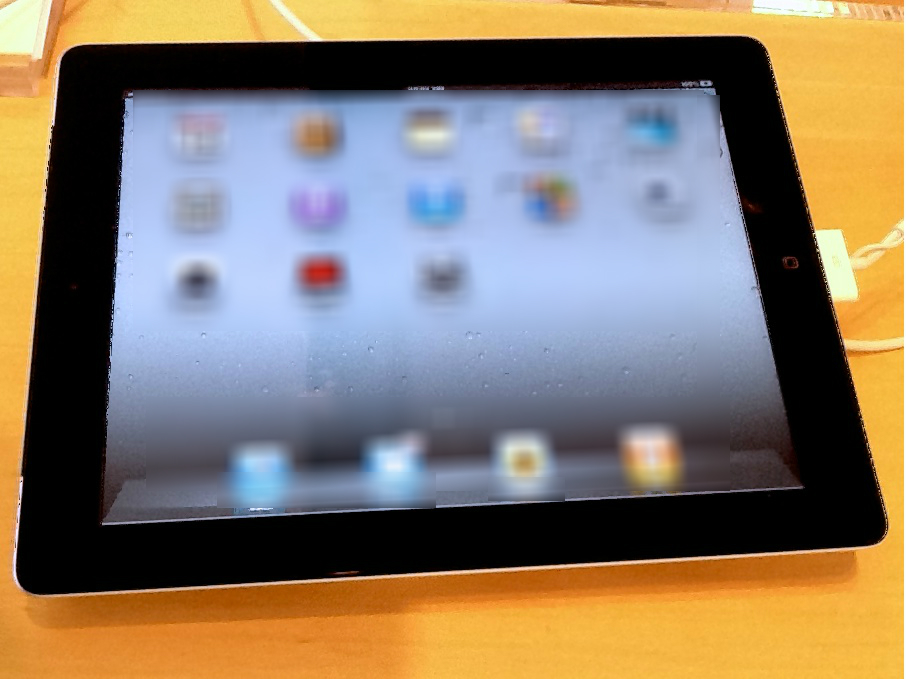Science Research on the iPhone and iPad

Have you ever wanted to do research on your iPad or iPhone? Working on a mobile device may not be as convenient as a computer, but more and more publishers are starting to make sure you can access articles on the go. Many have mobile websites (including the Georgia State University Library), but some have iOS apps tailored to doing research on the go. Continue reading for a list of free iOS apps (and their Android equivalents, if available) from science publishers and other useful free apps for research.
Finding Articles
- ACS Mobile: Use ACS Mobile to browse the American Chemical Society’s newest publications, including Chemical & Engineering News. You can read the full text of articles only when on campus (or with a personal subscription). Also available for Android.
- arXiv: Search arXiv or browse new submissions by subject. All articles are open access; you can read the PDF in the app or open it in another app. Note: the app is formatted for the iPhone, meaning an extra step is necessary to open PDFs on the iPad. For Android, use arXiv mobile.
- EBSCOhost: Enjoy the GSU Library’s Discover search? Use the EBSCOhost app to search for and save articles from all EBSCO databases the library subscribes to. To set up the app, click “iPhone and Android apps” at the bottom of any Discover search page. Note: the app is formatted for the iPhone, meaning PDFs can be read on the iPad but not opened in another app. Also available for Android.
- PubMed OnTap Lite: PubMed OnTap allows you to search PubMed, read articles online, and save references to an in-app library. You can access all articles the library has access to by entering GSU’s proxy URL (http://ezproxy.gsu.edu:2048/login?url=) in the app settings. For Android, use PubMed Mobile.
Other Useful Apps
- Chem3D (iPad only): The iPad version of Chem3D allows you to view, manipulate, and share 3D structures. Chem3D can open C3XML, PDB, and Molfiles, along with exporting in STL for 3D printing. PerkinElmer also publishes ChemDraw for the iPad for $9.99.
- EMD PTE: A useful periodic table app containing data for each element, molar mass calculations, and the ability to search by various classifications. Also available for Android.
- Science360 (iPad only): View and share videos and photographs of recent research from the National Science Foundation. Science 360 isn’t aimed towards academic research, but offers a beautiful method to explore what’s happening in many different fields. To search and browse the Science360 database by topic, use the Science360 website.
Thank you to Bonnie Swoger at Information Culture and Terry Gray at Academic Technology @ Palomar College for their posts compiling science iOS apps. Check out the linked posts for more!
